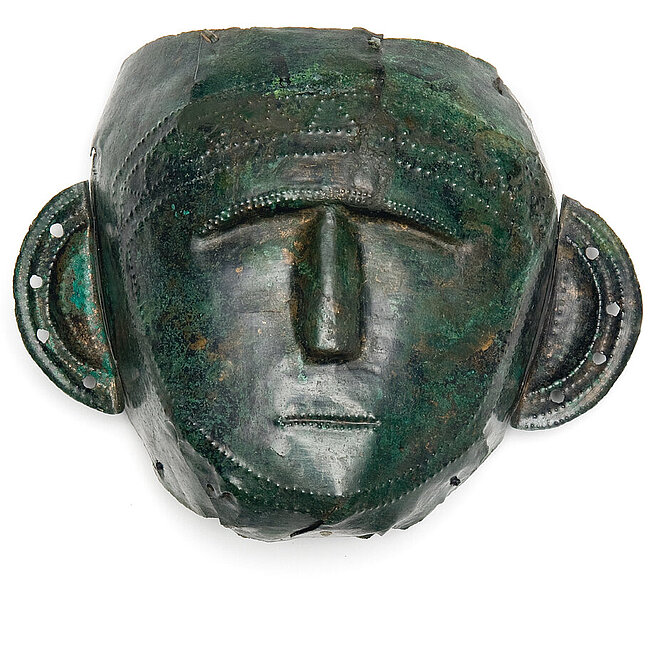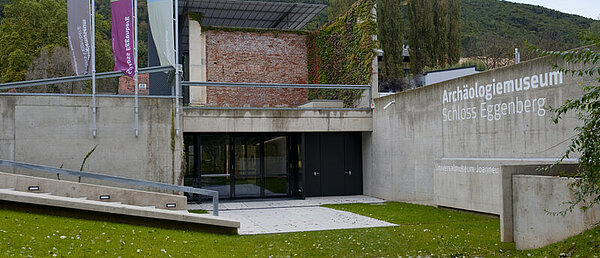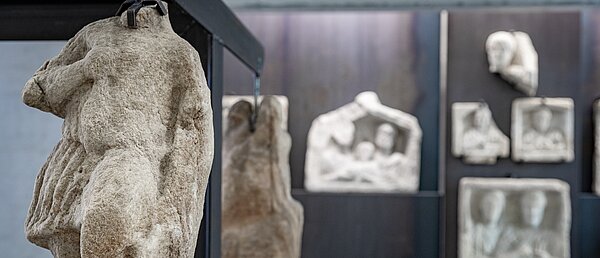The positive mood spread among the population by Archduke Johann's appeal to send in the antiquities found in the Duchy of Styria led to considerable resentment in the imperial antiquities collections. As early as 1812, these endeavours were put a stop to by a decree of the Imperial and Royal Court Chancellery: As a result, all archaeological finds had to be sent to Vienna. This meant that in its first decades the Joanneum had to forego the archaeological excavations that had originally been encouraged.
It was not until 1846 that this regulation was relaxed and the obligation to send in artefacts was lifted again, so it is not surprising that the collection of antique objects was able to grow up to this point, mainly through donations.
In the second half of the 19th century in particular, objects from ancient Mediterranean cultures were purchased for comparative purposes. At the same time, the two research specialisations in regional history developed: Hallstatt period and Roman imperial period.






















